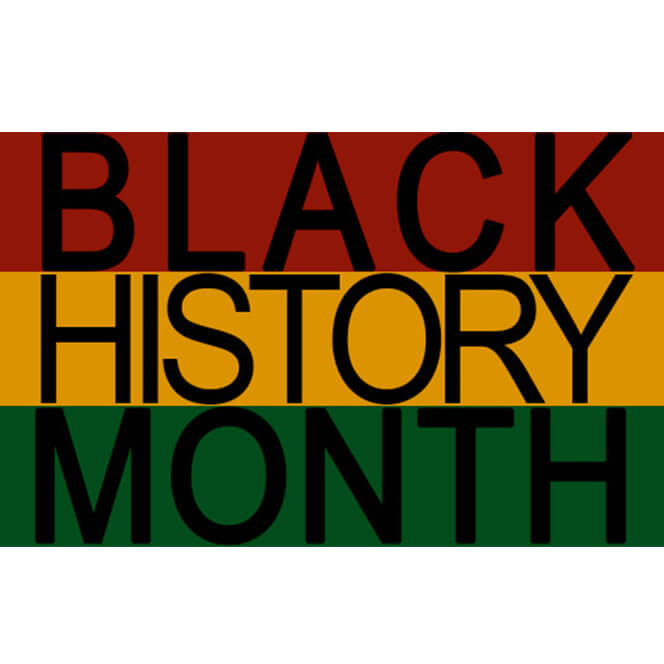This is a year of race related anniversaries. While it is fifty years since Enoch Powell’s infamous address to the West Midlands Area Conservative Political Association, it is seventy years since the Empire Windrush docked at Tilbury. It is forty years, meanwhile, since Rock Against Racism (RAR) emerged as a cultural movement in response to far‐right activity and it is twenty‐five years since the racist murder of Stephen Lawrence would eventually lead, after six years of campaigning, to a public inquiry finding the UK’s largest Police Authority guilty of institutional racism. Moreover, and while Powell himself partly set his speech against international events, especially the US civil rights movement, his immediate catalyst was almost certainly the fifty‐year‐old Labour Government’s Race Relations Bill (1968) which was due to receive its second reading only three days after his intervention.
That Bill now forms part of an incremental race equality architecture which tried to address some of the weaknesses of its more voluntarist 1965 predecessor, explicitly making unlawful forms of discrimination on grounds of colour, race, ethnic or national origins in employment, housing and the provision of commercial and other services. Importantly, when it came into effect, the 1968 Act also created a forerunner to the later Commission for Racial Equality (CRE) in the form of The Race Relations Board, which was charged with ensuring compliance with the legislation’s provisions, but also investigating complaints of discriminatory behaviour and supporting legal proceedings. That the prospect of this legislation especially animated Powell was reflected in his characterisation of it as ‘one‐way privilege’ and ‘a match on to gunpowder’. ‘The kindest thing that can be said about those who propose and support it’, he continued, ‘is that they know not what they do.’
It is safe to assume that Powell was not making a comment on the potential weaknesses in the proposed Bill relative to its stated ambition; for it was soon after considered insufficiently effective in the areas of labour‐market participation where indirect discrimination remained unchallenged. As such, a subsequent Labour Government committed to revising the legislation in the 1976 Race Relations Bill, stating: ‘the Government is convinced, as a result of its review of race relations generally and of the working of the legislation, that a fuller strategy to deal with racial disadvantage will have to be deployed than has been attempted so far’.
Indeed, it is now over 40 years since the introduction of this third Race Relations Act (1976) cemented a state sponsorship of race equality by consolidating and then expanding the earlier, weaker legislative instruments (RRA 1965, 1968). Alongside a remit spanning public and private institutions, recognition of indirect discrimination and the imposition of a statutory public duty to promote good ‘race relations’, the 1976 Act also created the Commission for Racial Equality (CRE) to monitor implementation to assist individual complainants. As such it marked an important moment in an evolving settlement in which Citizens of the United Kingdom and Commonwealth (CUKC), and subsequent British‐born generations, became recognised as Black, Asian and Minority Ethnic (BAME) requiring state support to overcome distinctive barriers in their exercise of citizenship.
Of course the year of Powell’s speech was also the year of the Commonwealth Immigrants Bill 1968, which would specifically restrict entry to those who had a least one parent or grandparent born here. As a young Liberal Parliamentarian, David Steel described this Bill as ‘an attempt to write into British law legislation that discriminated between citizens on the grounds of race, and which represented a grave breech of international and internal political obligations’. Powell’s speech was no less relevant to this Immigration Bill than the Race Relations Bill, and the speech was even credited with setting the Labour Government’s immigration agenda. As The Times editorial put it on the morning of the passing of the Immigration Act 1968, ‘what is the government so afraid of? Is it afraid of Mr Enoch Powell? […] It is probably the most shameful measure that Labour members have ever been asked by their whips to support.’
An uneasy tension between the objectives of race equality and migration control therefore remains a characteristic of the UK story since Powell, a tension that is unsettled and periodically reveals itself, as illustrated by the recent Windrush scandal. Here, a number of the children of people who came to Britain from the Caribbean between 1948 and 1973, and who are legally entitled to live here, have in recent years seen their right to stay denied. Many of those affected moved to the UK as Commonwealth Citizens before their birth countries became independent, and for any number of reasons may not have applied for a British passport.
The formal race equality legislation was however never repealed but expanded, and later incorporated, in a patchwork approach, into The Equality Act (2010) which brought together (occasionally levelled up) a number of protected ‘grounds’ of which race was one (e.g., race, gender, disability, age, sexuality, religion, marital status, etc). Four years earlier the Commission for Racial Equality (CRE) was incorporated into the Equality and Human Rights Commission (EHRC). While most certainly not unproblematic, these kinds of developments set out a markedly different approach to that of neighbouring European countries with comparable colonial histories. For example, and during its experience of significant post‐colonial settlement, France pursued a robustly assimilationist strategy in which equality was understood as uniformity and, until the beginning of this millennium, Germany maintained a ‘returnist’ approach in which labour migrants were guest‐workers (gastarbeiter) expected to return to their country of origin. In the UK, despite the traction of Powell and Powellites, and under the remit of the kinds of race equality legislation discussed above, there developed a formal approach to equal opportunity conceived as equal access to the labour market and other key spheres of British society (e.g., education, health and political participation).
Against this background, and in this ‘anniversary’ year, a relevant question is: have these approaches been successful? Much of course depends on the criteria of relevance. If the intended objective of the initial and later race equality bills was to reduce ethnic and racial disparities to a marginal or ‘negligible’ level, then the answer is most certainly not. If the objective was slightly different, but not unrelated, and sought to reshape public conventions on racism (and ethnic and racial diversity more broadly), then the answer is more complicated and also unfinished.
The prospect of Brexit and the anniversary of Powell’s speech perhaps converge on the continuing challenge as to how best to help to ensure that race equality is able to meet its stated objectives. This should proceed, first, from continuing to name racial inequalities and not pretend these inequalities are an aberration in an otherwise race‐less, meritocratic society. This runs counter to Powell’s insistence that racial inequalities were a consequence of ‘those personal circumstances and accidents which cause, and always will cause, the fortunes and experience of one man to be different from another’s’. The emphasis needs to be structural disparities, but which also bring together attitudes and institutions. This involves recognising the ideational and discursive features of race equality, as well as its structural components. While this requires making the connections between economic, social and political features of race inequalities, it would also help if we could get beyond the plucky Brits and Dunkirk movie myths. As a set of nations, the UK has not done everything on its own against the odds. The forebears of Black and Brown Brits often did the heavy lifting and that is why we are here. Or, as the late Sivanandan put it, ‘we are here because you were there’. Finally, we need to take ownership of racial inequalities as part of our story as a society, and do so without being defensive. The population of Britain has changed, and many things we’ve got right. The UK leads Europe in burgeoning mixed racial and ethnic populations. At the last census nearly 1/10 of people in England and Wales were cohabiting or married in a mixed relationship (2.3million) (about 10 times the EU average). How depressing then if the racial story of the near past should become the racial story of the future.
Nasar Meer is Professor of Race, Identity and Citizenship at the University of Edinburgh.

